International Heritage Centre blog
Profitable Reading? Fiction in Nineteenth-Century Salvation Army Periodicals
Profitable Reading? Fiction in Nineteenth-Century Salvation Army Periodicals
The October 1893 issue of The Officer magazine for Salvation Army clergy opens with an article by Commissioner Frederick Booth-Tucker, the magazine’s editor and one of William Booth’s sons-in-law, entitled ‘Notes on Reading’. It gives advice for Salvation Army officers on making sure that their reading material and practices are ‘to profit’. Reading, Booth-Tucker argues, is very important and a good use of leisure time as it helps officers to stay informed and educate themselves. On the other hand, he warns against reading too much – that is, to the exclusion of the officer’s duties – and especially against reading the wrong thing. While he states that officers’ religion ‘gives us a profound distaste for the kind of books which are likely to hurt our souls or waste our time’, they should still be on their guard against what he deems ‘unprofitable reading’. He was especially worried by officers reading works that argued against The Salvation Army’s religious beliefs with a view to refuting their arguments. He notes that:
‘The General has aptly compared [reading these works] to a man taking a dose of prussic acid poison, in order to judge of its exact effects. It is neither necessary nor wise.’
According to Booth-Tucker, novels were ‘the Curse of the Day’: reading novels was the definition of unprofitable reading as it took up time that could have been more usefully spent and, because of their harmless appearance, they could put unwanted ideas in readers’ heads.
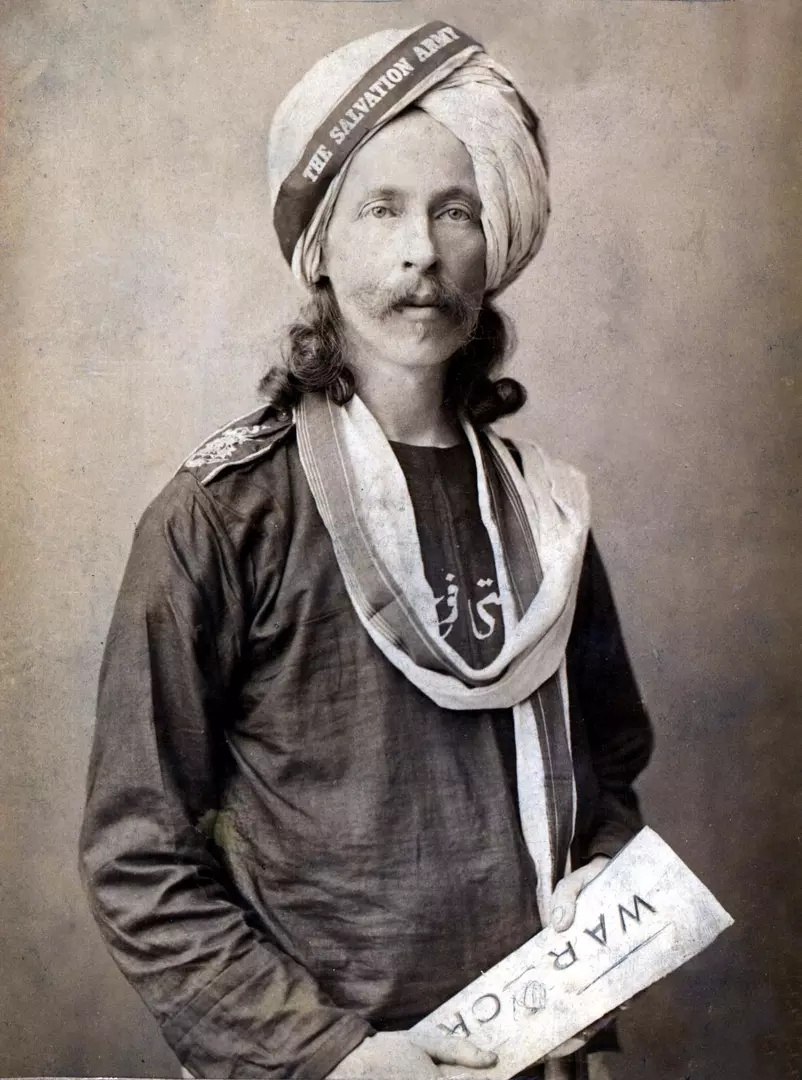
The Salvation Army itself, however, was (and still is) a prolific publisher. From its beginnings as the Christian Mission the organisation printed periodicals and tracts on its own printing press which was housed in Ebenezer Hall on Fieldgate Street at the rear of its first Headquarters in the People’s Mission Hall in Whitechapel, East London. The printing works moved with the Headquarters to Queen Victoria Street and subsequently occupied a number of different premises as part of the Trade Department. It was finally established in St Albans in 1911 as the Campfield Press which remained active until 1991.
William and Catherine Booth and many other prominent Salvationists were prolific writers and their books were marketed to the organisation’s membership. They also produced guidelines for Salvation Army officers and soldiers. Periodical output steadily increased as well: in the 1890s The Salvation Army’s periodical publications included, alongside The War Cry and The Officer, All the World, The Deliverer, and The Darkest England Gazette. In addition to the Bible, Booth-Tucker is clear that these Salvation Army publications all constituted profitable reading – but their content could be unexpected.
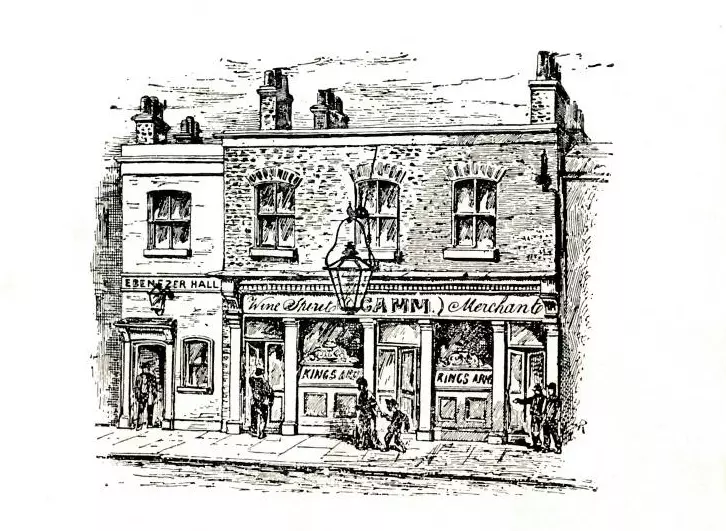
Novels may have been a ‘curse’ but fiction was not necessarily condemned in the early Salvation Army. The Darkest England Gazette makes an interesting case study here because it explicitly appealed to a wide readership. The periodical, subtitled ‘The Official Newspaper of the Social Operations of The Salvation Army’, was intended to inform both Salvationists and the public of the work done as part of General Booth’s ambitious social work programme, the ‘Darkest England Scheme’. For this reason it closely resembles popular contemporary periodicals, with striking illustrations and varied content which included fiction.
The Darkest England Gazette launched in July 1893 and the contributions that can be considered fiction appear from the first issue. Originally they are primarily fictionalised versions of the type of stories regularly encountered by Salvation Army officers in their social work such as the series of cautionary tales ‘Hell’s Shaft Holes!’ by Commissioner Elijah Cadman, head of the Social Work, which ran through the first three issues. No. 3 also contained ‘Jack’s Way Out’ by Captain R. Stevens, relating the eponymous Jack’s redemption through the Salvation Army Labour Bureau and Elevator. In August, however, the periodical excitedly announced a serial story. ‘Lost and Found in London’, published under the pseudonym ‘Glow-Worm’, began on 12 August and closed on 7 October.
The story follows Lizzie McCullogh who leaves her cottage home in Scotland because she objects to her widowed mother’s intended new husband. She travels to London to work as a servant for her aunt. On her first afternoon in London, however, she goes out and cannot find the way back to her aunt’s house. She is rescued by two Salvation Army officers from being entrapped into prostitution; and The Salvation Army is able to restore her to her aunt.
Most contributions to The Darkest England Gazette are unsigned, so it is unclear whether the story’s author wrote under a pseudonym because they were unsure how a serial story in a Salvation Army periodical would be received. It does seem likely, however, that there was more scope for fiction in a publication intended for the public as much as (if not more than) for Salvationists. The story becomes highly location-specific when it reaches London: Lizzie is targeted by procurers and attracts an angry mob near the Angel, where she is spotted by the Salvation Army officers walking to their North London home after a meeting in Clerkenwell. Lizzie’s aunt, who lives near the Edgware Road, sees a ‘West-End regiment’ of The Salvation Army on parade. This level of specificity gives a very precise and therefore verifiable insight into the presence and work of The Salvation Army in London for non-Salvationist readers. These encounters also allow the narrative to reflect the characters’ changing attitudes to The Salvation Army as they see their work up close. Watching the parade, for instance, Lizzie’s aunt feels that:
‘there was that about the carriage, movement, and order of this West-End regiment that exhibited a simplicity, earnestness and reality which she had never imagined could pertain to a street demonstration.’ (No. 14)
Lizzie and her aunt and uncle end the story as loyal and vocal supporters of The Salvation Army.
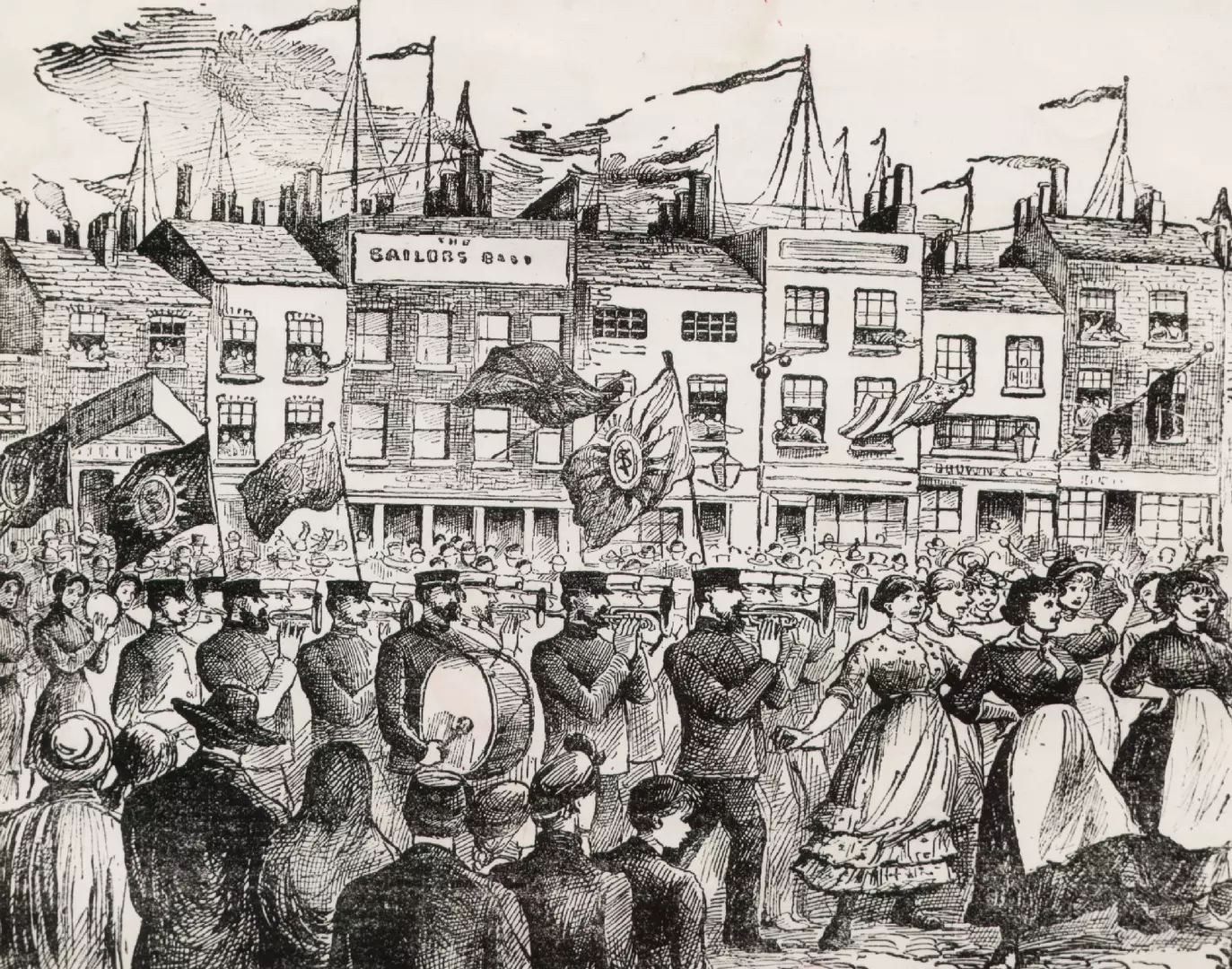
The week after ‘Lost and Found’ ended saw the start of a new serial story, ‘The Sheridan Girls’, in which two sisters leave their alcoholic and abusive father and are aided by The Salvation Army; and further stories including serials followed. The commission of these other stories suggests that, for the purposes of The Darkest England Gazette, fiction was a useful outreach tool. It could show readers examples of The Salvation Army’s work in the hope that a greater understanding of the organisation would prompt more readers to support it. It was not necessarily the genre, then, but rather the content – and also, perhaps, the intended readership – that made the difference between ‘profitable’ and ‘unprofitable reading’.
Flore
April 2020
Read other blogs from the Heritage Centre
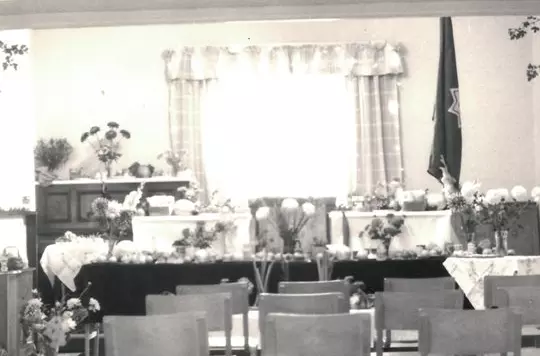
‘Our own private ball of sun’: archives shed new light on 5 Ravensworth Terrace
Since recording 'A House Through Time', new records have come to light which add to our understanding of this house’s rich history...
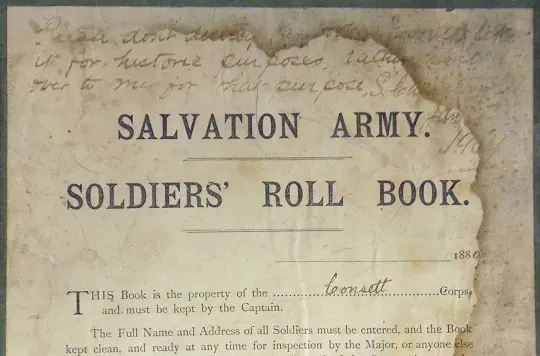
Two hundred boxes
The International Heritage Centre has over two hundred boxes containing material from British corps...
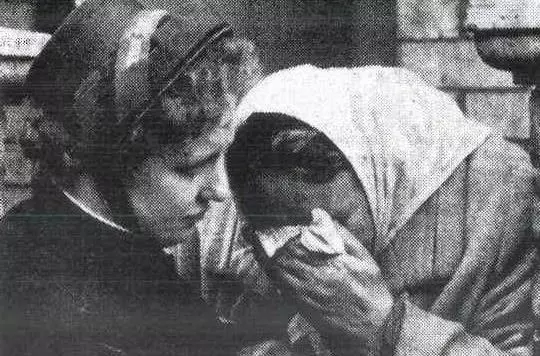
Women's History Month 2020: A Collaborative Approach
Each year Women’s History Month inspires a host of events from exhibitions and talks, to defiant marches and historic walks...
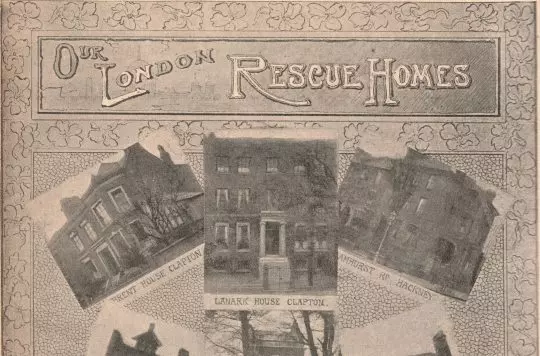
A closer look at The Salvation Army's London Rescue Homes
The Girls’ Statement Book VII is one of more than 120 volumes containing details of women and girls who passed through Salvation Army rescue homes...